Air
of Authority - A History of RAF Organisation
No 196 - 200 Squadron Histories
No 196 Squadron
.
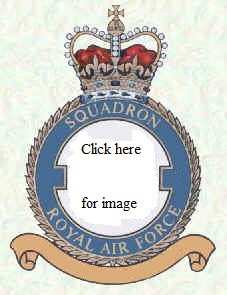 |
Formed
as a training squadron at Heliopolis in Egypt on 9 August 1917, it disbanded on
13 November 1917 by being redesignated the Aerial Flying School. The
squadron reformed as a bomber unit at Driffield on 7 November 1942 and received
Wellingtons in the following month, when it moved to nearby Leconfield.
Operations began in February 1943 and in July the squadron moved to Witchford,
where it converted to Stirlings. From August to November it continued in
its previous role but that month it transferred to the airborne forces role.
Following parachute dropping and glider towing training the squadron received
Stirling IVs and began supply dropping operations to resistance forces in
February 1944. These continued to the end of the war as well as taking
part in the three major airborne operations, namely Operation 'Overlord', Arnhem
and Operation 'Varsity', the Rhine crossing of March 1945. In May the
squadron carried troops to Norway and Denmark, after which it continued with
general transport duties until disbanding on16 March 1946. |
Squadron Codes used: -
| KG |
Allocated Apr 1939 - Sep 1939 |
| ZO |
Nov 1942 - Mar 1946 |
| 7T |
May 1943 - Mar 1946 |
[Aircraft & Markings |
Commanding Officers]
Tribute
Website to Plt Off George Pollard - No 196 Sqn
No 197 Squadron
 |
Formed
as a training squadron at Almaza in Egypt on 9 August 1917, it disbanded on 20
November 1917 by being redesignated the Artillery Observation School.
Reformed at Turnhouse on 21 November 1942, the squadron received Typhoons in
December and it was declared operational in January 1943. In March it
moved to Manston and then in April, Tangmere and Need's Oar Point before
settling at Hurn in July, having joined No 146 Airfield (later No 146 Wing) of
the 2nd Tactical Air Force. It undertook fighter-bomber operations in
preparation for Operation 'Overlord' and transferred to France in July 1944.
The squadron continued in the fighter-bomber role for the rest of war, following
the advancing armies through France, Belgium and the Low Countries until
it arrived in Germany in April. The squadron disbanded at Hildesheim on 31
August 1945.
|
Squadron Codes used: -
| AG |
Allocated Apr 1939 - Sep 1939 |
| OV |
Nov 1942 - Aug 1945 |
[Aircraft & Markings |
Commanding Officers]
Memories
of Alan Smith (ex No 197 Sqn)
197 Squadron website : -
http://www.197typhoon.org.uk/
No 198 Squadron
.
 |
Formed
as No 198 (Depot) Squadron at Rochford on 27 June 1917, it was tasked with night
training. Until September this was merely elementary training but from
that month it also provided advanced training. It disbanded in September
1919 Reformed at Digby on 8 December 1942 as a night
fighter unit equipped with Typhoons, it initially carried out defensive duties
over North-East England. In March 1943 it moved to Manston, in order to
intercept the German low-level fighter-bombers then making attacks against
coastal targets. Early in 1944 the squadron began to train in the use of
rocket projectiles and these remained its main offensive weapon until the end of
the war. These weapons were used to good effect in the preparations for
Operation 'Overlord' The squadron continued in the ground attack
role for the rest of war, following the advancing armies through France, Belgium
and the Low Countries until it arrived in Germany in April. One of
its last operations was on 3 May 1945, when it was involved in attacks, along
with other 2 TAF units, against large quantities of shipping being assembled
around Kiel and Neustadt. Unfortunately, during these attacks shipping was
sunk that contained concentration camp prisoners, supposedly being transported
to Sweden, resulting in over 7,000 of the then being killed. The
squadron disbanded at Wunstorf on 15 September 1945. |
Squadron Codes used: -
| PU |
Allocated Apr 1939 - Sep 1939 |
| TP |
Dec 1942 - Sep 1945 |
[Aircraft & Markings |
Commanding Officers]
198 Squadron website : -
http://www.198squadronraf.co.uk/
No 199 Squadron
.
 |
Formed
as No 199 (Depot) Squadron at Rochford on 1 June 1917, by renumbering No 99
(Depot) Squadron, it was tasked with the training of night bomber pilots
destined for service in France. It moved to Harpswell in June 1918 and
disbanded there in June 1919.
The squadron reformed on7 November 1942 as a bomber unit at
Blyton, equipped with Wellingtons, operations beginning in December. It
moved to Ingham in February 1943, Lakenheath in June, finally settling at North
Creake in May 1944. The Wellingtons were replaced by Stirlings in July
1943 and early in 1944 the squadron was taken off normal operations to undergo
training in the Radio Counter-Measures role as part of No 100 Group.
During Operation 'Overlord', the squadron provided a 'spoof' invasion convoy in
the Pas de Calais area. It continued to provide electronic support to
Bomber Command's Main Force for the rest of the war. Halifaxes began to
arrive in February 1945 and was fully equipped by April, but the squadron
disbanded on 29 July 1945. The squadron's final incarnation began
on 16 July 1951, as a Signals Command unit at Watton. It was again
operating in the RCM role, now equipped with Lincolns and Mosquitoes. The
Mosquitoes were replaced by Canberras in March 1954 and the Lincolns by Valiants
in June 1957, however, just over eighteen months later the squadron was
disbanded, the Valiants forming the nucleus of a new No 18 Squadron on 15
December 1958. |
Squadron Codes used: -
| DO |
Allocated Apr 1939 - Sep 1939 |
| EX |
Nov 1942 - Jul 1945 |
[Aircraft & Markings |
Commanding Officers]
No 200 Squadron
.
 |
Formed
as No 200 (Depot) Squadron at East Retford on 1 July 1917, it was tasked with
the training of night bomber pilots destined for service in France. It
disbanded at Harpswell on 13 June 1919.
The squadron reformed at Bircham Newton on 25 May 1941
from a nucleus provided by No 206 Squadron. Equipped with Hudson, it
left the following month for West Africa. Whilst stopping over at
Gibraltar the squadron provided escort to Hurricanes being flown to Malta
from the carriers Ark Royal and Victorious. The
first aircraft arrived at Jeswang in Gambia on 18 June and operations were
commenced on the 30th of the month. From the July 1943 the squadron
converted to Liberators, which were taken to India in March 1944.
The lack of enemy activity led to the squadron being transferred to
special duties in April 1945 and it then began supply dropping to
guerrillas in Burma. On 15 May 1945, the squadron was disbanded by
being renumbered No 8 Squadron. |
Squadron Codes used: -
| UE |
Allocated Apr 1939 - Sep 1939 |
[Aircraft & Markings |
Commanding Officers]
Squadron badge image on this page is courtesy of Steve
Clements
© Crown Copyright is reproduced with the permission of the Directorate of
Intellectual Property Rights
This page was last updated on
17/03/25©
 Organisational Index
[Top of
Page]
Sqns 201 - 205
Organisational Index
[Top of
Page]
Sqns 201 - 205

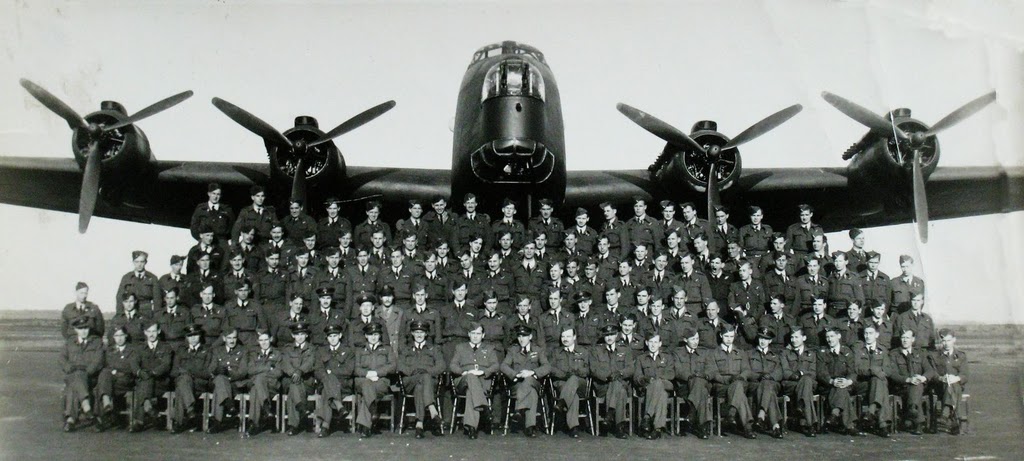
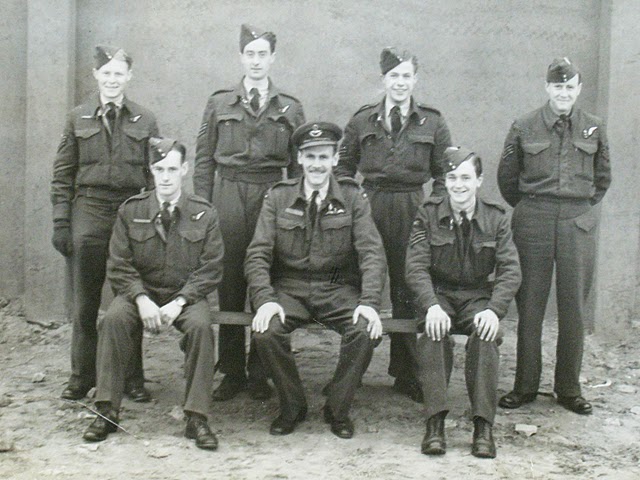
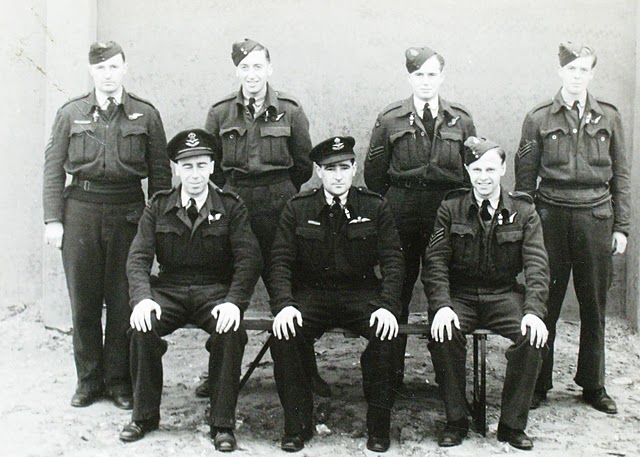
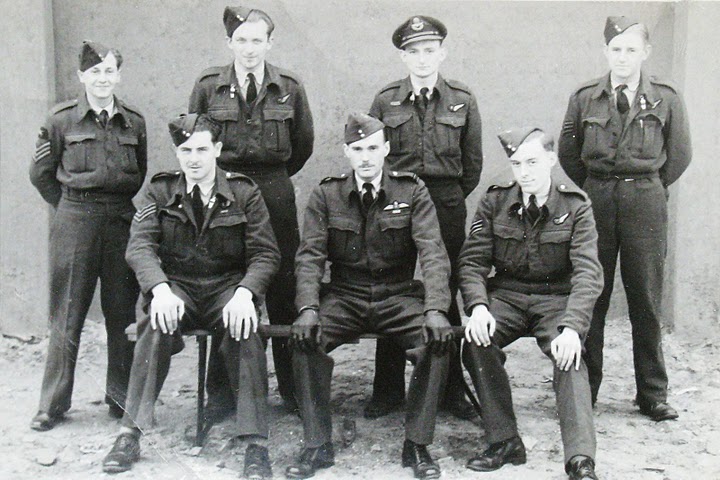
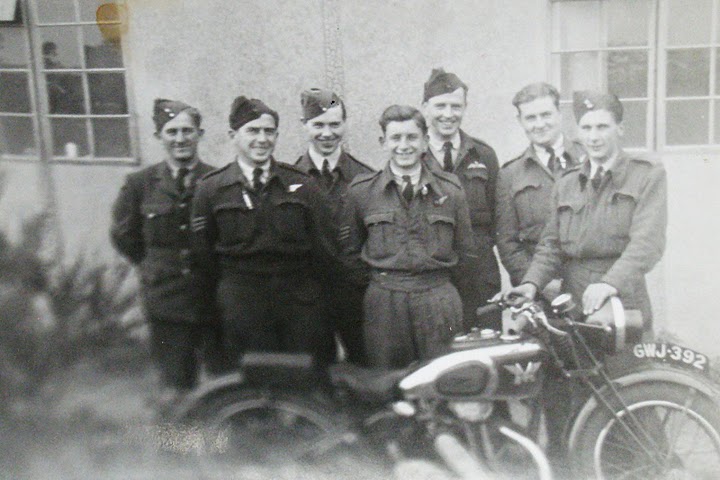
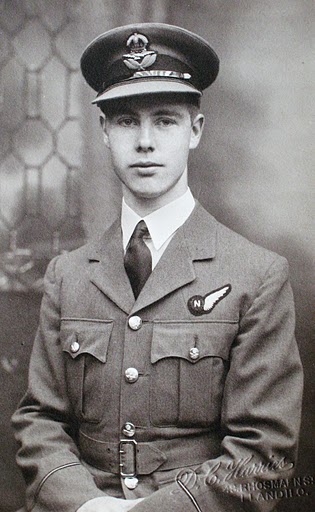
![]() Organisational Index
Organisational Index ![]()